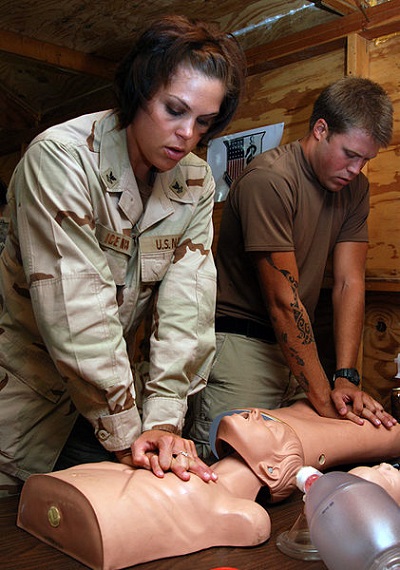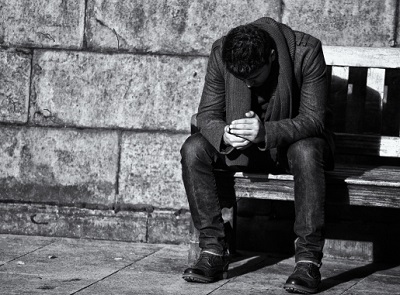The instructions have now been updated by the Red Cross and American Heart Association.
If most people were asked what to do in case of an emergency, the answer would be to dial 9-1-1, and while this should be easier than ever before with the penetration of mobile technology throughout virtually every part of the population, when someone suffers a heart attack, many people still freeze up and delay before this critical step is taken.
The CPR guidelines have now been updated so that mobile technology plays a part when it can.
More specifically, the American Heart Association and Red Cross have pointed out that mobile technology can allow bystanders to take part in helping out in the situation. The goal is to save more lives. According to the new guidelines, after 9-1-1 has been called, the phone can be used in its speaker function and rested down so that the individual can still speak to the operator, regardless of whether or not their hands are busy.
The goal is to use mobile technology to help to reduce some of the fear felt by people making the call.
 According to Dr. Lawrence Phillips from the American Heart Association, “Some of that fear is resolved when you hear a voice telling you what to do and what the next step is.” It also points out that the individual doesn’t actually need to be trained in CPR to be able to help out in an emergency situation in which someone has had a heart attack.
According to Dr. Lawrence Phillips from the American Heart Association, “Some of that fear is resolved when you hear a voice telling you what to do and what the next step is.” It also points out that the individual doesn’t actually need to be trained in CPR to be able to help out in an emergency situation in which someone has had a heart attack.
Some of the guidelines also point out that there are many mobile apps that can be used to help cardiac arrest victims so that assistance can begin as rapidly as possible. One example of a very beneficial way in which mobile devices can help when someone has gone into cardiac arrest is in the form of a non-profit called PulsePoint. That organization is currently in over 1,300 different communities.
It works when someone dials 9-1-1 for a situation that sounds like a cardiac emergency. When this happens, it alerts anyone nearby who has CPR training and who has the mobile app on their smartphone. This use of mobile technology can help to ensure that someone trained to provide CPR will be there as quickly as possible. Beginning CPR early can double or triple the chances of survival for someone who is suffering a heart attack. The app can also show people where the nearest automated external defibrillator can be found.

 The regularly dropped calls is currently affecting people in all social statuses and income levels. The help line run by the government in order to allow for consumers across the country to register complaints has now reported that dropped calls are among the leading grievances that have been registered over the summer. It has become national headline news and has even led to the creation of a popular
The regularly dropped calls is currently affecting people in all social statuses and income levels. The help line run by the government in order to allow for consumers across the country to register complaints has now reported that dropped calls are among the leading grievances that have been registered over the summer. It has become national headline news and has even led to the creation of a popular 